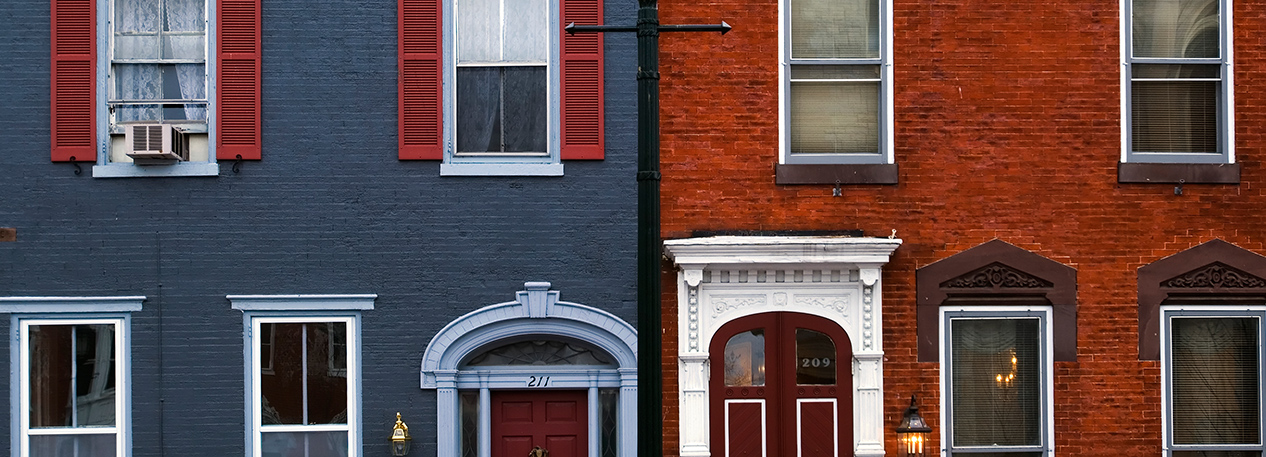Recent gentrification in central city U.S. neighborhoods has generated controversy and increased interest from policymakers, researchers, and the public regarding the consequences of neighborhood change. In gentrifying areas, some residents raise concerns about rising rents and changing demographics, while others may welcome the increased property values and new neighborhood amenities that accompany gentrification. In response, policymakers have acted to both stem and accelerate the pace of neighborhood change. But while press accounts and studies of gentrification’s effects have stirred public interest, less attention has been focused on its causes. Although much remains to be learned, our understanding of what triggers neighborhood transformation is improving.
History shows that neighborhoods decline and rebound more frequently than is generally realized. It also suggests that past transformations and the current wave of gentrification stem from shifts in four fundamental factors: amenities, productivity, access, and prices. Over long spans of time, changes in people’s tastes, in what and how businesses produce, and in transportation technology have interacted with changes in certain key characteristics of neighborhoods to generate changes in the socioeconomic structure of our cities. Recognizing these influences may help decision-makers anticipate shifts in the socioeconomic status of residential areas and respond with more effective policies. In this article, I trace how these factors have reshaped neighborhoods and even entire metropolitan areas by looking back in time at America’s original big city, Philadelphia.
This article appeared in the Third Quarter 2017 edition of Economic Insights. Download and read the full issue.
View the Full Article
